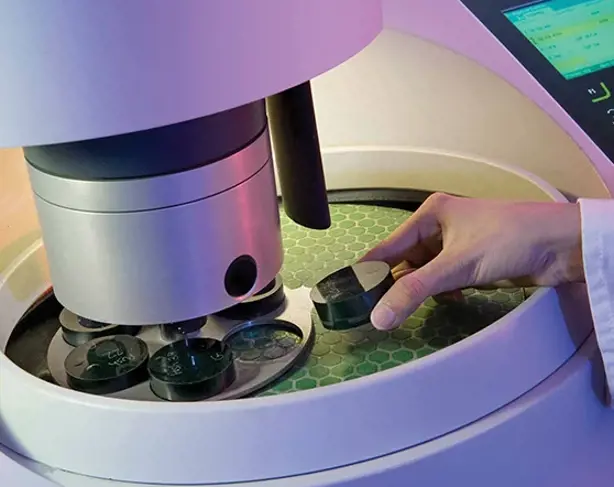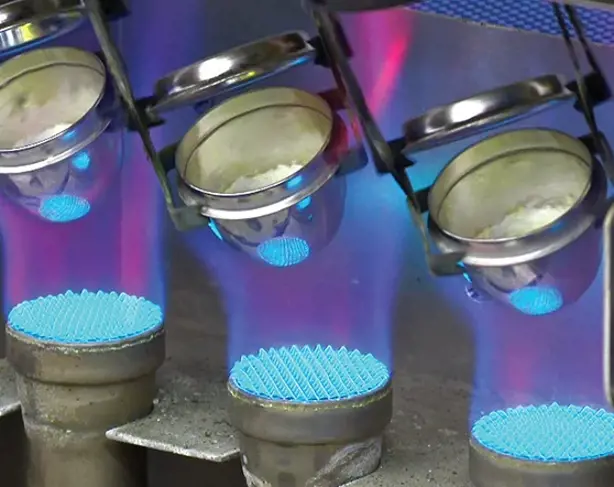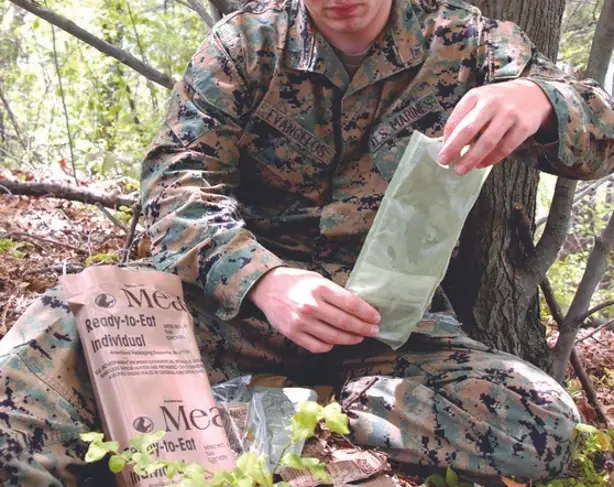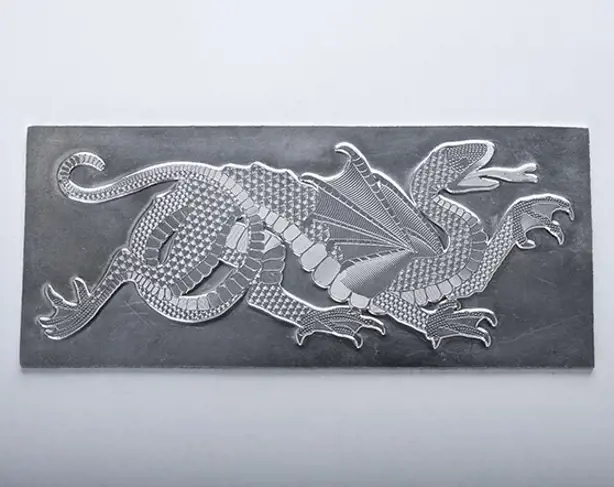LUXFER SCUBA TANKS SUPPORT ARCHAEOLOGY DIVE
19 December 2006
Luxfer donates scuba tanks in support of underwater archaeology in Florida Keys
RIVERSIDE, Calif.- Sometime between 1740 and 1780, a fierce storm engulfed a two-masted sailing ship in treacherous waters off the Florida Keys. The storm drove the ship into the shallows, where it struck a reef and rapidly sank. About 250 men went down with the vessel, including her crew and a number of British soldiers who were being transported.
The fate of the ship was unknown until 1960, when a Florida treasure hunter discovered the skeletal remains of her rotting hull in relatively shallow water several miles southwest of Key Largo. But not long after the wreck was discovered, a storm stirred up the sea bottom and covered the ship once more.
She remained hidden for more than 10 years until a salvaging crew rediscovered her in the early 1970s. Imbedded in the sand and silt around the wreck, divers found numerous silver and pewter buttons bearing the insignia of several British regiments�all that remained of the troops who had lost their lives. Thus the ship became known as the �Button Wreck.� This time her location was carefully charted, but for another 30 years, the wreck went largely untouched except by the sea. She was just one of about a thousand shipwrecks in an undersea graveyard known as the Florida Keys National Marine Sanctuary.
Enter Dr. Simon Q. Spooner of the Bristol University Centre for Maritime Archaeology and History in England and founder of a nonprofit organization called the Anglo-Danish Maritime Archaeological Team (ADMAT). Dr. Spooner and his ADMAT colleagues obtained permission from the United States National Oceanic and Atmospheric Administration (NOAA) to undertake underwater archaeological expeditions in the Florida Keys, beginning with the Button Wreck. Dr. Spooner was intrigued not only by the evident age of the wreck, but its relatively good condition. �All the timbers and the keel are still in place,� he said. �That's highly unusual in a location with so many storms.�
Dr. Spooner began recruiting students and divers from around the world to join in the undersea �dig.� He also issued an appeal to philanthropic organizations and businesses to donate funds and equipment in support of ADMAT's efforts.
Luxfer U.S.A. responded by donating aluminum scuba tanks and valves to ADMAT. �Because of Luxfer's ties both to Great Britain and the United States, we felt a special affinity for this project,� said Kathryn Gamboa, Luxfer's scuba market manager. �Luxfer is proud to support this important historical and educational work.�
And so, in the summers of 2005 and 2006, Dr. Spooner and 30 student divers from the U.S. and Europe have been meticulously mapping, measuring and exploring the centuries-old wreck using a survey grid made of white and orange PVC pipe. �It's like trying to piece together a giant, underwater, three-dimensional jigsaw puzzle without a picture of the finished product,� Spooner observed.
Thus far, here's what the ADMAT team has learned about the Button Wreck: The ship was about 90 feet (27 meters) long with a 30-foot-wide (9-meter) beam. Since she was two-masted, she may have been a brig, a brig-sloop or a brigantine, common ship designs in that era. She may also have been American-made, because her timbers do not show construction characteristics typical of British ships built in the mid-eighteenth century. But since she was transporting British troops, it is possible that she was a �prize� taken by the Royal Navy.
�We suspect this was an American vessel captured by the British and manned by a British crew,� Spooner said. This scenario raises the intriguing possibility that the ship may have gone down during the American Revolutionary War. Spooner speculates that she might have carried eighteen cannons, nine on each side. No cannons have been found, but they could have been taken many years ago by early salvagers and treasure hunters. �We have found one grapeshot ball,� Spooner said, which raises the possibility that the ship was armed.
All ADMAT divers are trained to respect delicate ocean ecology, and those taking part in the Button Wreck expedition have been careful not to damage soft corals and sea grass that grow on and around the ship.
Many local volunteers have been supporting the work, donating their time and boats to transport dive teams to and from the wreck site. �These people have been fantastic,� Spooner said.
Over the next decade, ADMAT plans to investigate as many as 40 other shipwrecks believed to be in an area 13 miles long and three miles wide. �We plan to come back as often as possible,� Spooner said. �Our educational field schools will enable all who participate to learn about the preservation of U.S. historic shipwrecks, ship construction, survey methodology, geophysical surveying, archaeological diving methods, in-situ artifact recording and many more aspects of maritime archaeological work.� An upcoming project is a dive on an American Civil War ship.
In the picture above student divers spelled out �LUXFER� on the beach with tanks donated by Luxfer U.S.A.










